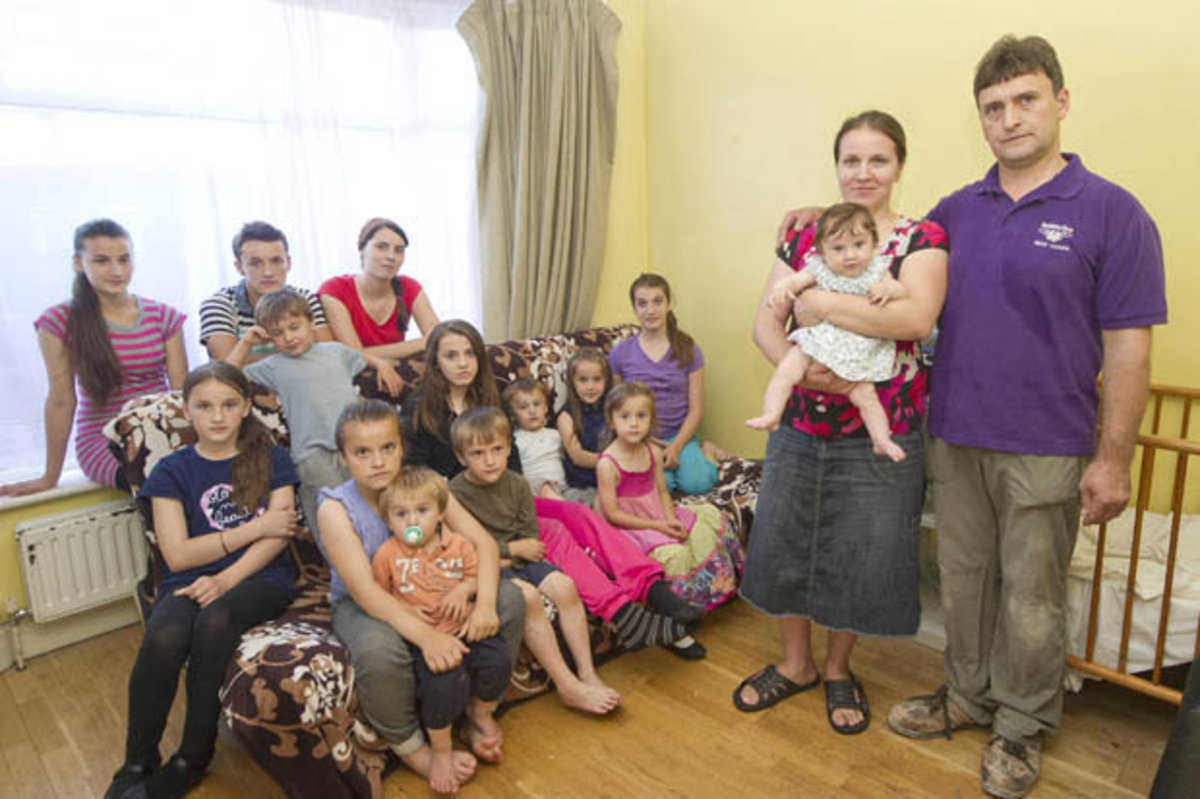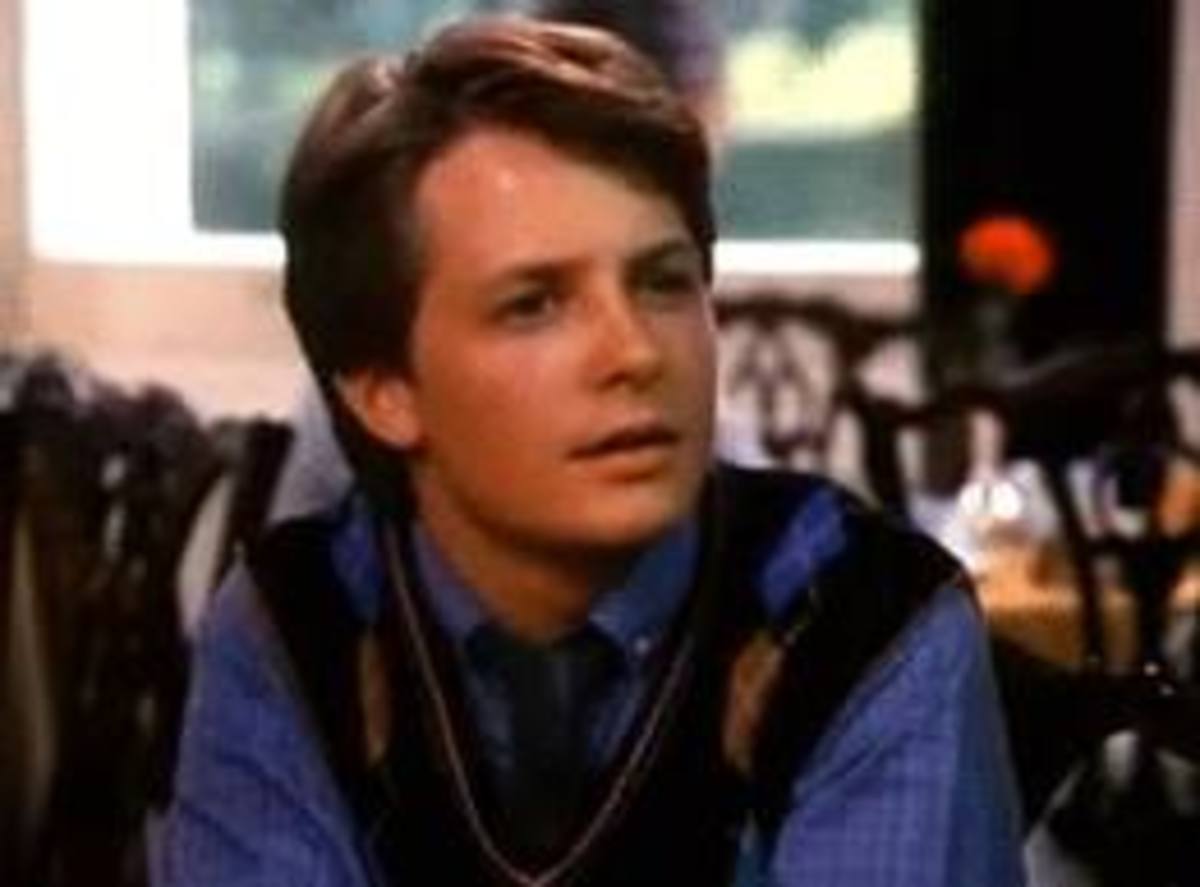The Culture of the Small Family
Small Family Culture
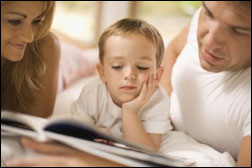
GREATER SPAN OF CONTROL
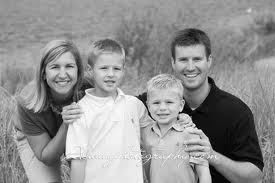



HIGHER INTELLECTUAL ATTAINMENT
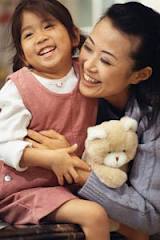


HIGHER STANDARD OF LIVING


Small is Indeed Beautiful!
The family is a person's support system in good and bad times. It is the bedrock and bulwark of all societies. In essence, we cannot survive without the family. Besides physical sustenance, it provides emotional and psychological solace from the ills of the world. It is also the only and last resort when all else fails.
Each family has a particular culture based upon variables such as ethical/religious/spiritual, ethnic/racial, educational, socioeconomic, and/or other sociocultural components. Another key component regarding the culture of the family is the respective size of the family.
Besides parents, the size of siblingship is also influential in the culture of the family. Each member of the family relates to each other in one form or another. In each family, there are expectations that parents and children have of each other. Even individual children in the family have spoken and unspoken expectations of their siblings. There are varying issues regarding how children and parents relate to themselves and each other.
Families have evolved and been modified throughout history. This change is oftentimes in direct correlation to the key historical and societal events. As there were more advancements in contraceptive and reproductive technology in addition to the changing roles of women in society, families became smaller. In the late 1960s and early 1970s, educators, psychologists, and sociologists extolled the myriad virtues and benefits of the small family in terms of the parents and particularly, the children.
In small families(1-2 children per household), parents are more involved and proactive in their children's lives. This is because there is oftentimes an equal and/or greater ratio of adults to children in the family. The environment of the small family is oftentimes a mostly adult environment. This means that this environment is a mature and intellectually stimulating one.
Children in small families interact with their parents more than children from large families(6 or more children per household). Of course, there are less children per household. This means that parents are able to spend more time with them, giving them the prerequisite individualized attention they need.
In the small family environment, children and parents spend more time with each other either in discussion and/or teaching/learning activities. As a result of this intense parent-child relationship, children from small families develop faster intellectually, emotionally, and psychologically. Another result of this individualized parental attention is the child having a high self-concept and individuation.
In small families, children are viewed as joys, not as burdens as they are in large families. Oftentimes, the smaller the family, the higher the value placed on the child. Children in small families are not considered to be disposable as children in large families. They often feel loved and valued as individuals. They are not anonymous cogs in the family machine. They also seem to be self-contained and secure because of the parental attention they received.
There are more discretionary income in the small family. This means that children from small families are exposed to the better things in life. They can have dancing and/or music lessons. There is also monies allotted for other cultural activities where they can mingle with children of different backgrounds which is an education in itself. They are more likely to travel countrywide and/or overseas.
As a result of being rised in an affluent environment or an environment free from want, children from small families are appreciative of the higher human needs such as the need for beauty and culture. They realize that life is more than just the necessities. They develop a prosperity and/or affluence consciousness. They want more out of life and will not settle for the mere rudiments. They have a thriving consciousness, not just a mere survival consciousness that is prevalent in large families.
Another result of being exposed to the finer things of life is refinement. Children in the small families possess the essence of culture and refinement. They also participate in more cultural activities by benefit of their parents. Another side effect of being involved in myriad cultural activities is exposure to many different types of people. This causes children in small families to develop a cosmopolitan and universalistic outlook in life. They also develop social skills and learn how to interface with different types of children and people in the process.
Since children in small families are involved in constructive activities and programs, they are less likely to be involved in deleterious and delinquent activities. For example, as a child, I was endlessly enrolled in dancing classes and a cultural program. An overwhelming majority of children in these programs were from small families. If we were not supervised by our parents, there was always a competent adult or adults who supervised us. Yes, we pursued some activities independently but we knew that there were adults around. Our parents ascertained that we were in constructive activities if we were not in school.
Yes, parental involvement is intense in small families. This is a good thing. Children in small families receive firsthand, adult information from their parents, which is oftentimes accurate. Children in large families seldom have this parental teaching, they oftentimes learn information from other siblings which is oftentimes not accurate and sometimes it is misinformation. Because of the daily parental teaching, children in small families have advanced knowledge which translates into them being intellectually advanced and high academic achievers.
Robert Zajonc, a social psychologist, maintained that children from small families have higher IQs as a result of being raised in an adult environment. In small families, children learn adult language and mannerisms early in life. Their primary companions are parents, not siblings. Parents, as adults, have more experience and extensive knowledge to impart than siblings, who are merely children themselves. Children in small families tend to be more intellectually advanced because they were raised in an adult environment.
Another side issue to the intellectual advancement of the child in the small family is that there is more monies available for the pursuit of intellectual activities. Monies are not stretched to the limit that barely cover the basics in small families. In addition to that, parents teach their children that life is more that just the basic necessities. Intellectual needs are stressed in the small family environment. In the homes of small families, there are books, computers, and other intellectual paraphernalia.
All of these factors and variables account for the high academic achievement of children in small families. That and their parents spend more time teaching them. In my elementary and high school, it was those from small families who were academically prodigious and were on the honor rolls. They were either in the honors and/or other advanced classes.
Children from small families are also most likely to be the most educated of all family sizes. Of course, there is more monies allotted per children so they can freely pursue their academic dream. Parents of small families, in the majority of cases, are not as socioeconomically impoverished and/or stressed as parents of large families who have little monies for necessities, let alone to properly educate their children. It is not unusual for children in small families to pursue tertiary education and higher because of more discretionary income.
As a result of their family environment and teaching, children from small families believe in being the very best they could be. They were taught never to settle for less than what they could be. They were allowed to fulfill and use their utmost in human potential. They are highly successful because they were afforded myriad opportunities.
In small families, there is an equal parity between siblings, if there is more than one child. Each child is treated equally to another at the same age. There is no such thing in small families as the beleaguered and overwhelmed oldest child and the pampered youngest.
Oldest children in small families, in most instances, have the advisory and leadership role without the responsibility of raising younger siblings. They also have a childhood.The youngest child in the small family is not the pampered jewel. He/she is expected to be responsible and to do his/her share when the time comes.
This equal parity extends to gender. Boys and girls in the small family environment are treated more or less equally. Girls are not considered to be inferior and boys are not considered to be superior. This is also because in small families, husbands and wives are on par with each order in many ways, especially socioeconomically.
In summation, each family has its own individual and unique culture. There are varied influences regarding family culture. One of the influences is family size. Small family culture is based upon parental proactivity and involvement. Children are valued and viewed as individuals in small families. Because there is more discretionary income in small families, there is emphasis on children pursuing higher cultural and intellectual activities. They are further inculcated that there is more to life than just basic survival. They are taught to appreciate the finer things of life and the higher human needs. They are taught to be the very best they can be and to never settle for less. Small families are indeed fulfilled and happy families.
EQUAL BIRTH ORDER AND GENDER PARITY


© 2013 Grace Marguerite Williams




